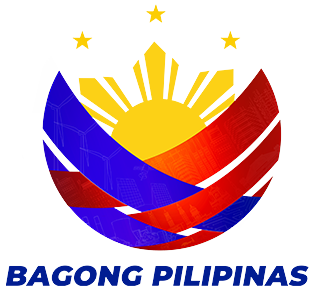Mechanical Engineering
Philippine Mechanical Engineering Act of 1998
Practice of Mechanical Engineering - A person shall be deemed to be practicing mechanical engineering or rendering mechanical engineering service within the meaning and intent of this Act when he performs the following:
- Consultation, valuation, investigation and management services requiring mechanical engineering knowledge;
- Engineering design, preparation of plans, specifications and projects studies or estimates for mechanical equipment, machinery, or processes of any mechanical works, projects or plants;
- Management or supervision of the erection, installation, alteration, testing and commissioning of mechanical equipment, machinery, or processes in mechanical works, projects or plants;
- Management, supervision, operation, tending or maintenance of any mechanical equipment, machinery or processes in mechanical work, projects or plants;
- Management or supervision of the manufacture, sale, supply or distribution of mechanical equipment parts or components;
- Teaching of mechanical engineering professional subjects in government recognized and accredited engineering schools; and
- Employment in government as a professional mechanical engineer, registered mechanical engineer, or certified plant mechanic if the nature and character of his work is in line with his profession requiring professional knowledge of the science of mechanical engineering.
The mechanical engineering profession was first regulated when Public Act No. 2985 was enacted on February 23, 1921. The law empowered the Secretary of Commerce and Communications to appoint board members for the engineering, accountancy and surveying professions.
When the Reorganization Law was enacted in 1932, the Board was placed under the Department of Public Works and Communications. By virtue of Commonwealth Act No. 294 enacted on June 9, 1938, the Board was named Board of Mechanical Engineering Examiners and its various regulatory functions were explicitly defined.
Republic Act No. 8495
An Act Regulating the Practice of Mechanical Engineering in the Philippines
Be it enacted by the Senate and House of Representatives of the Philippines in Congress assembled
Philippine Society of Mechanical Engineers (PSME) is the only PRC Accredited Professional Organization (APO) of Mechanical Engineers.
The (PSME) is an organization of Mechanical Engineers in the Philippines founded in 1952 for the purpose of uniting and enjoining the mechanical engineers in the pursuit of continuing professional growth.
PSME was established to serve the Filipino Mechanical Engineers of various grades, to advance the Mechanical Engineering profession, and provide sustainability to a changing world.
Website: https://psme.org.ph/
Qualification of Board Members
A member of the Board shall, at the time of his appointment, possess the following qualifications:
- Natural born citizen and resident of the Philippines;
- Must be at least thirty-five (35) years of age;
- Holder of the degree of Bachelor of Science in Mechanical Engineering or its equivalent, conferred by a school, academy, college or university in the Philippines or abroad that is ccredited by the Commission on Higher Education (CHED);
- A Professional Mechanical Engineer with a valid professional license and an active practitioner as such, for not less than ten (10) years prior to his appointment;
- Must not, for a period of three (3) consecutive years prior to appointment, be a member of the faculty of any school, academy, institute, college or university where a regular course in mechanical engineering is being taught, nor have pecuniary interest in or administrative supervision over any such institutions of learning; (f) Must not, for a period of three (3) consecutive years prior to appointment, be connected with a review center or with any group or association where review classes or lectures in preparation for the licensure examination are offered or conducted at the time of appointment; and
- Has never been convicted of any offense involving moral turpitude.
Categories -- Certificates of registration for the practice of mechanical engineering shall be of three (3) categories and in order of rank as follows:
- Professional Mechanical Engineer;
- Mechanical Engineer; and
- Certified Plant Mechanic.


